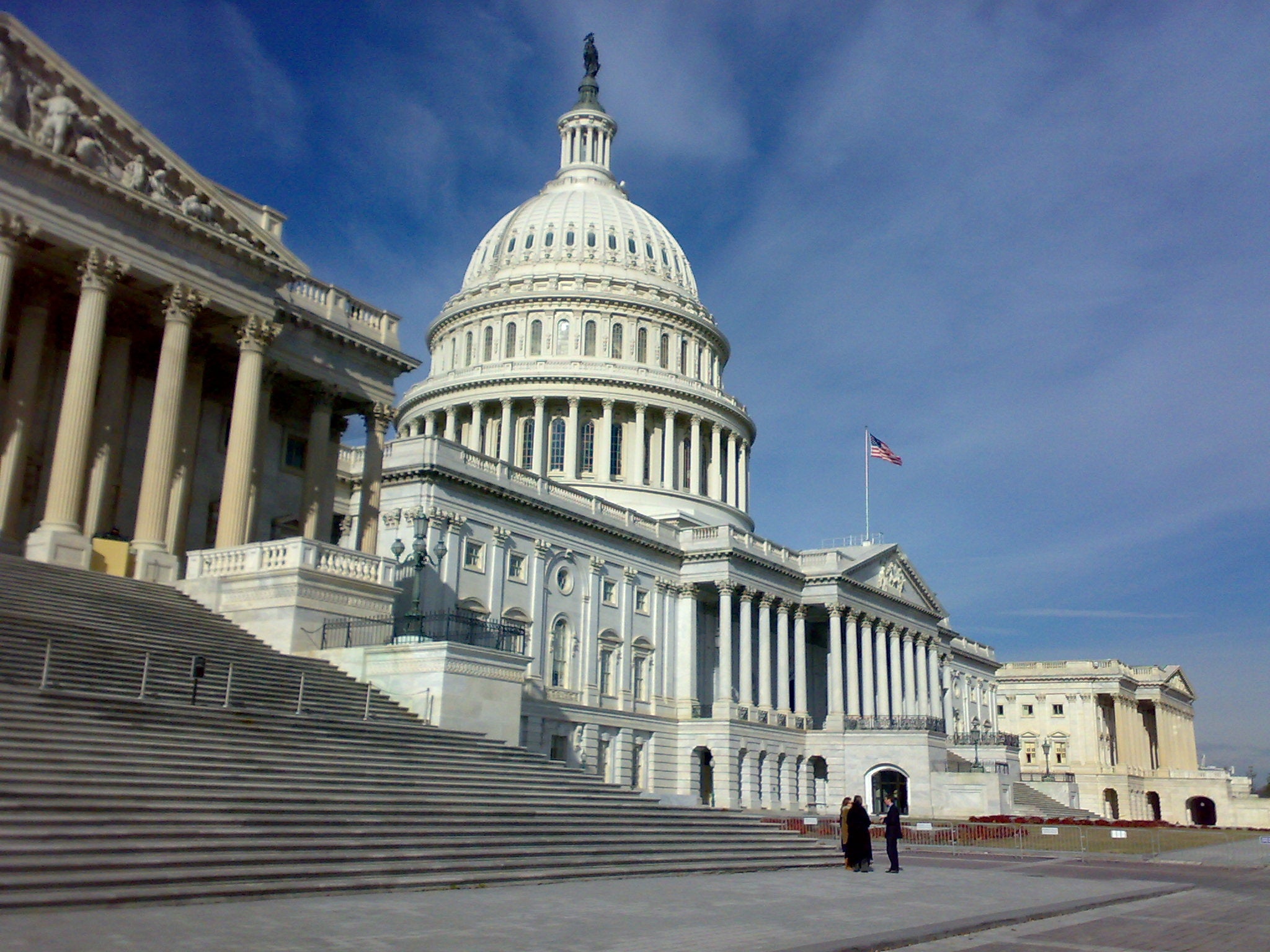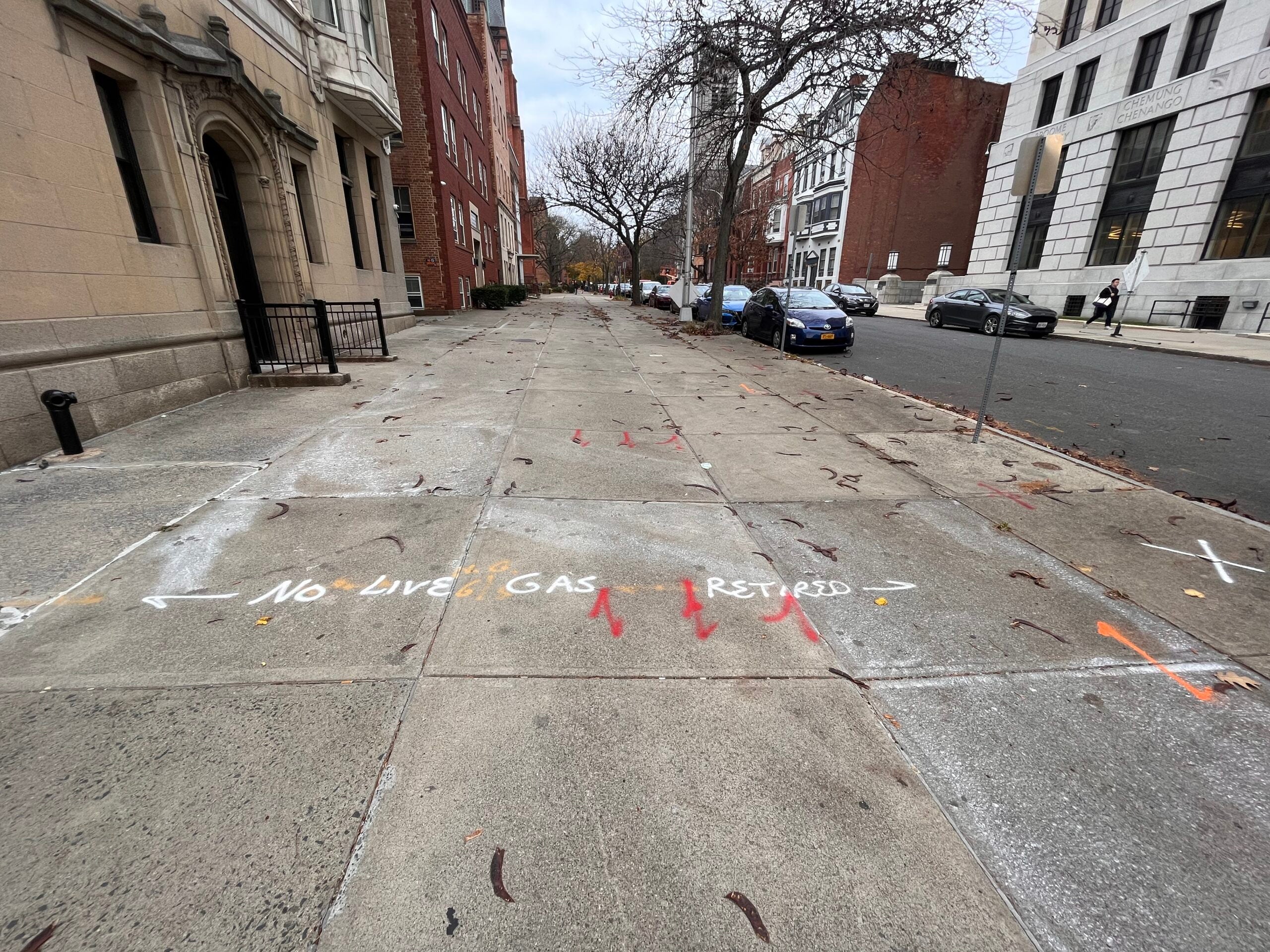(This post was written by EDF Vice President for Political and Government Affairs Joanna Slaney)
President Trump just signed a deeply unpopular law passed by congressional Republicans — one that could thwart unprecedented American progress on clean energy and transportation.
New polling shows that 67% of voters oppose the bill when they learn what’s in it. But the law puts the U.S. on a more expensive, more dangerous, and more harmful path, threatening $980 billion in gross domestic product and taking away 900,000 good-paying jobs in energy and manufacturing alone. Sean McGarvey, president of North America’s Building Trades Unions, said, “This stands to be the biggest job-killing bill in the history of this country.” Read More













